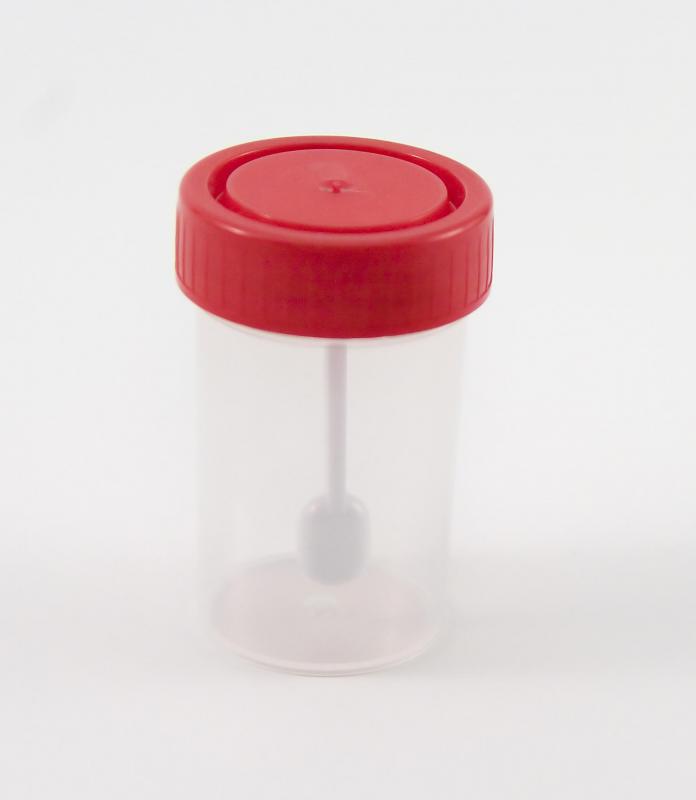At TheHealthBoard, we're committed to delivering accurate, trustworthy information. Our expert-authored content is rigorously fact-checked and sourced from credible authorities. Discover how we uphold the highest standards in providing you with reliable knowledge.
What is Clonorchis Sinensis?
Clonorchis sinensis is a parasitic worm native to Asia. It is sometimes referred to by the common name “Oriental liver fluke.” It is one of the most common causes of parasitic infection around the world, and affects residents and visitors in regions like China, Taiwan, Southeast Asia, and Japan. When infection with this parasite is identified by a doctor, it can be treated with antiparasitic drugs which will kill the worms and halt their life cycle in the body.
The Clonorchis sinensis life cycle starts with a free-floating egg in freshwater. The egg is consumed by a snail and once inside the snail it hatches and matures. The fluke then burrows out of the snail and into the water, where it can seek out a new host. Freshwater fishes are preferred hosts for the parasites, which burrow into the body before encapsulating themselves. This capsule is a critical part of the fluke's survival strategy.

When infected fish are eaten by humans, if the fish are not fully cooked, the flukes survive intact. Normally the stomach juices would kill the Clonorchis sinensis, but because of the capsule, the parasites are able to survive until they reach the intestine. From there, they enter the bile ducts of the liver and begin producing eggs. People shed the eggs in their feces, and some of the eggs work their way into the water supply to start the cycle all over again.

People infected with Clonorchis sinensis flukes experience symptoms like jaundice, fever, chills, and stomach pains. Some people develop complications such as digestive problems and bile obstruction. A doctor can diagnose Clonorchis sinensis infection with the assistance of a stool sample in which the eggs can be identified. Because the eggs of several parasites look similar, a doctor may also request a tissue sample to identify adult flukes in the liver.

The risk of Clonorchis sinensis infection can be greatly reduced by making sure that all freshwater fish are thoroughly cooked. Numerous other parasites inhabit fish found in freshwater and even in areas where Clonorchis sinensis is rare, it is still a good idea to cook fish all the way through. Saltwater fish are less prone to parasitic infection, and fans of Asian cuisine may note that dishes made with raw or rare fish are made with saltwater fish species. It is also advisable to observe other hygiene precautions including washing hands and utensils thoroughly after handling raw fish.
AS FEATURED ON:
AS FEATURED ON:

















Discussion Comments
This article does a great job explaining the life cycle of the parasite. It was very easy to understand. I hope the author writes more articles on this site.
One thing I would add to the discussion is a factor that makes clonorchis sinensis an extremely ruthless parasite in humans, which is the transformation it goes through once it reaches the liver.
The parasite feeds on human bile produced by the liver. As it matures, it reaches its sexual reproduction stage. The adult parasite lays eggs every 1 to 30 seconds, which causes the liver to be rapidly inhabited in a short period of time.
Please forgive my rambling, I am a biology geek. Although it does gross me out to imaging small bugs growing inside a person's body.
Reading this article, I just cannot help but think how fortunate we are in the United States to have relatively clean drinking water.
Although the article does not specifically say that clonorchis sinensis is caused by people drinking unclean water, I know that there are plenty of other countries where people drink dirty water every day. My brother did some volunteer work in Sub Saharan Africa, where he gave out water filters to people so that they would not have to drink parasite infested water.
I wish more people would take an interest in helping developing parts of the world. Water is a necessity of life, so everyone deserves to be able to drink from a safe water source.
Post your comments